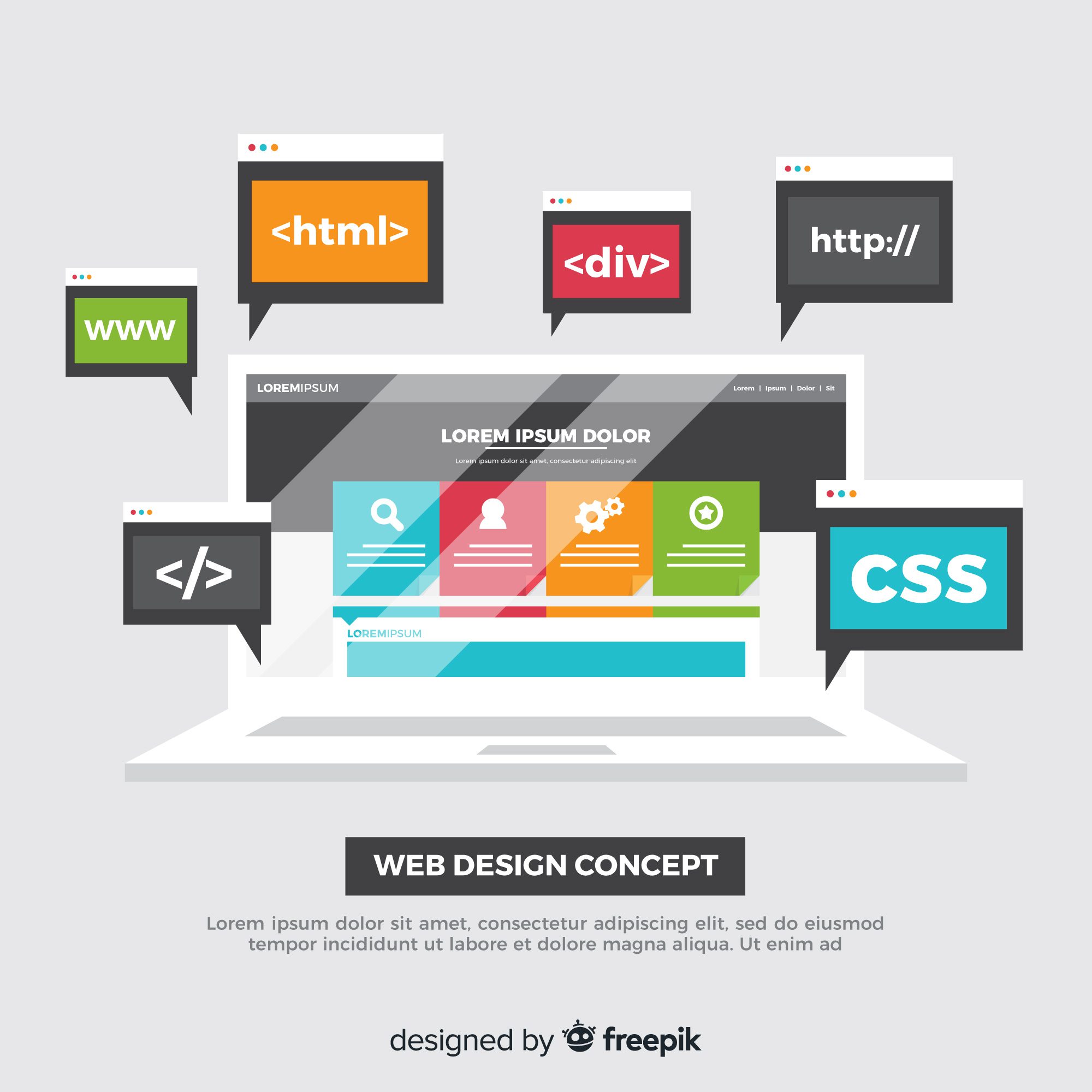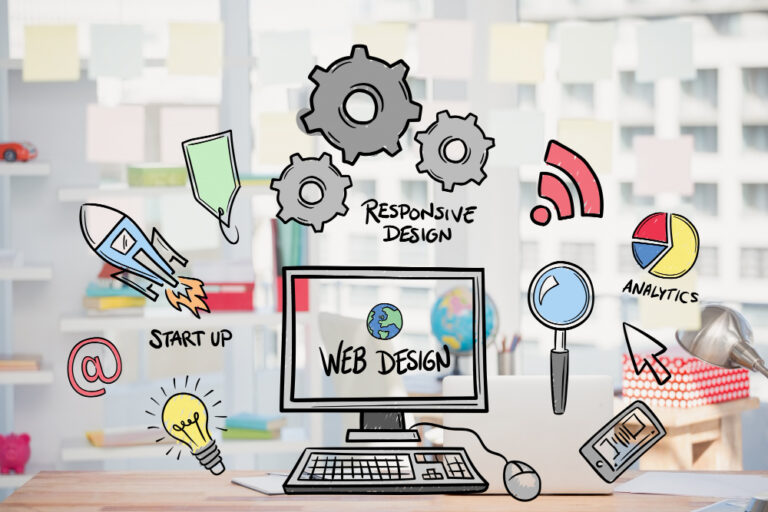Introduction:
In today’s digital era, a well-designed and functional website is essential for businesses to establish their online presence and engage with their target audience effectively. Turning a design concept into a fully functional website requires a meticulous and strategic process known as design to website conversion. As a startup company offering web development services, understanding this process is crucial to delivering exceptional websites that align with client expectations. In this article, we will explore the key steps involved in design to website conversion and discuss the best practices to ensure a seamless transformation of design ideas into a captivating digital reality.
-
Comprehensive Design Analysis:
The first step in the design to website conversion process is a thorough analysis of the design concept provided by the client. This analysis involves understanding the design elements, layout, color scheme, typography, and overall user experience objectives. By carefully examining the design, developers can gain insights into the website’s intended functionality and identify any potential challenges or limitations early on.
-
Website Structure and Planning:
Once the design has been analyzed, it’s time to plan the structure and architecture of the website. This step involves determining the number of pages, navigation flow, and overall content organization. The goal is to create a logical and intuitive structure that allows users to navigate effortlessly through the website. Collaborating with the design team and the client during this phase ensures that the website’s structure aligns with the original design concept.
-
HTML/CSS Conversion:
With the structure in place, the next step is to convert the design into HTML and CSS code. This process involves translating the visual elements of the design, such as images, typography, and color schemes, into a language that web browsers can understand. Skillful coding is crucial to maintaining the design’s integrity and ensuring cross-browser compatibility. It’s essential to optimize the code for fast loading times, responsiveness, and accessibility to cater to a wide range of users.
-
Integration of Dynamic Functionality:
A successful website goes beyond visual appeal and incorporates dynamic functionality. This step involves integrating interactive elements, such as contact forms, search features, image galleries, social media feeds, and content management systems, based on the project requirements. The choice of programming languages, such as JavaScript or PHP, depends on the desired functionality. Proper testing is crucial to ensure seamless user interactions and identify and fix any bugs or glitches.
-
Responsive Design Implementation:
With the increasing use of mobile devices, responsive design is no longer optional but a necessity. Adapting the website’s layout and content to different screen sizes and resolutions enhances user experience and accessibility. Responsive design implementation should be an integral part of the conversion process, ensuring that the website looks and functions flawlessly across various devices, including smartphones, tablets, and desktop computers.
-
Quality Assurance and Testing:
Before launching the website, thorough quality assurance and testing are essential to ensure optimal performance. This includes checking for cross-browser compatibility, validating HTML and CSS code, assessing responsiveness, and conducting user testing. By identifying and resolving any issues during this phase, developers can deliver a polished and error-free website that meets the highest standards.
Conclusion:
The design to website conversion process is a complex yet rewarding journey that brings design ideas to life in the digital realm. As a startup company offering web development services, mastering this process is crucial to delivering exceptional websites that exceed client expectations. By following the steps outlined in this article and adhering to best practices, you can ensure a seamless transformation of design concepts into captivating, fully functional websites. Embrace the power of design to website conversion and unleash the full potential of your web development endeavors.


